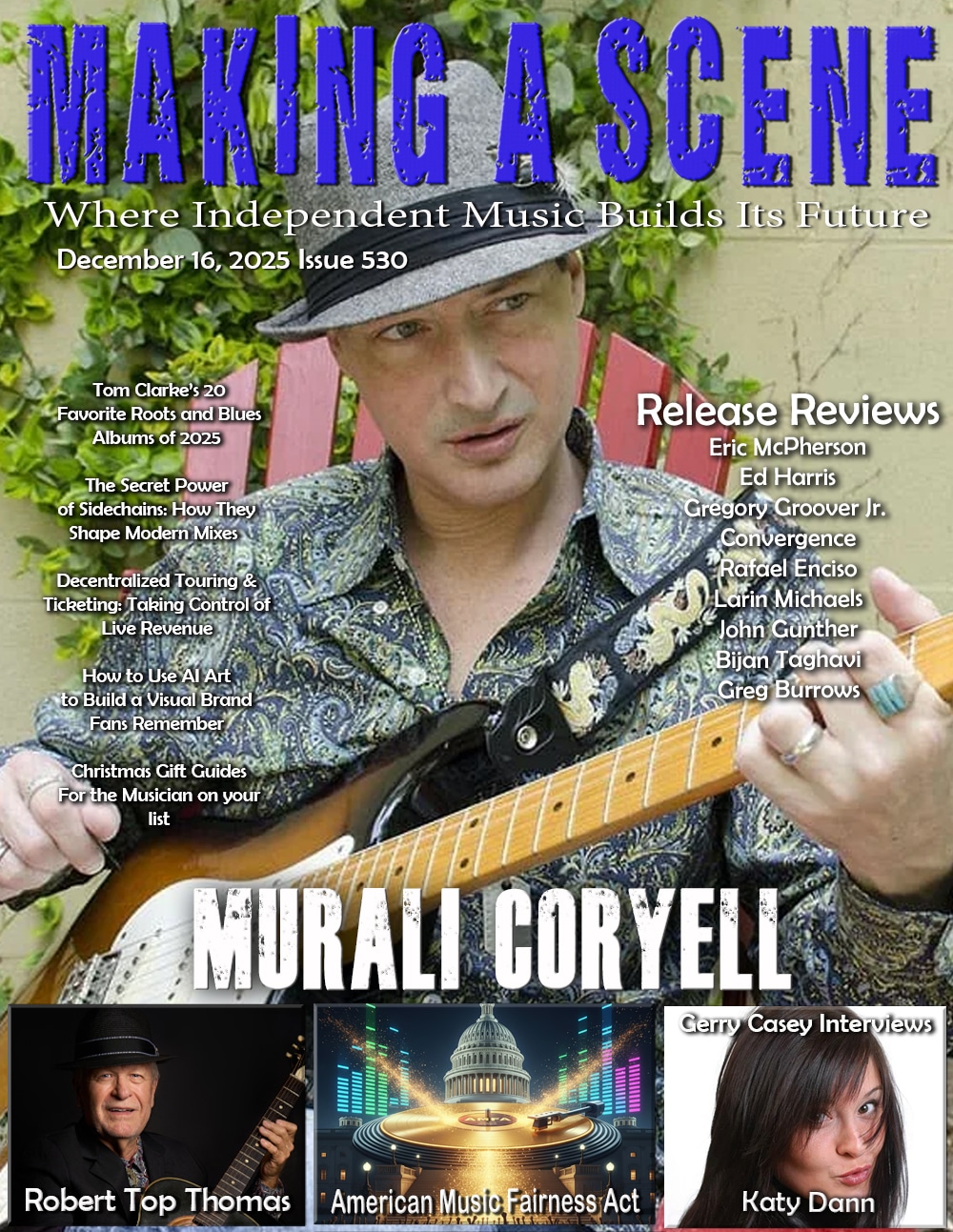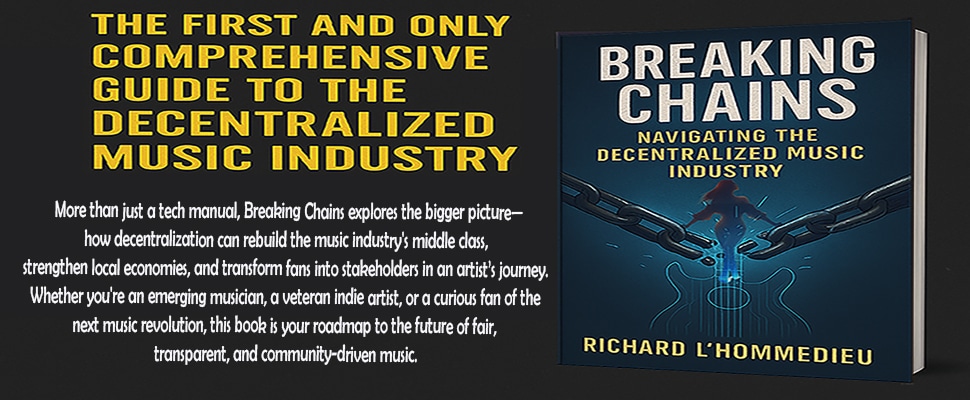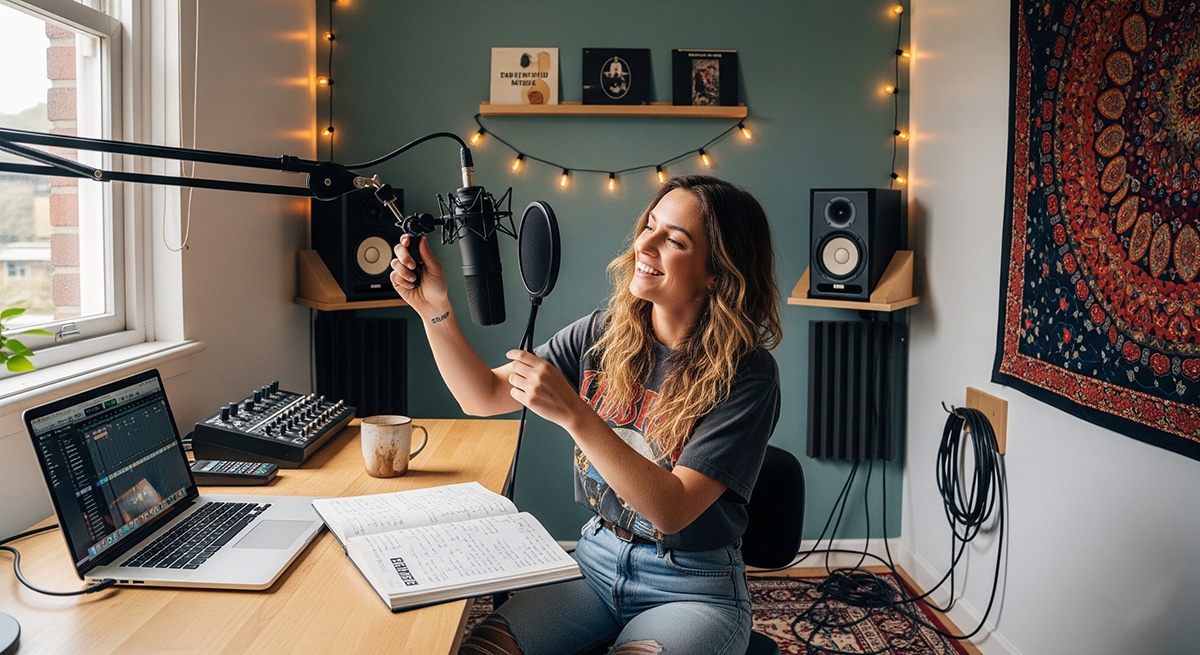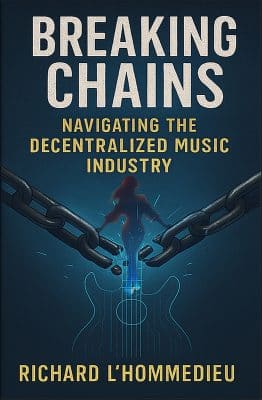Building Your First Home Studio: The Essential Gear Every Indie Artist Needs (Without Breaking the Bank)
Making a Scene Presents Building Your First Home Studio: The Essential Gear Every Indie Artist Needs (Without Breaking the Bank)
If you’re an indie musician ready to start recording at home, chances are you’ve already faced the big question: “What gear do I actually need?” Walk into a music store or browse online, and you’ll find hundreds of microphones, glowing racks of gear, and software with names that sound like rocket science. It’s easy to feel like you need all of it before you can even hit “record.”
Here’s the truth: you don’t need everything. You only need a few key pieces of gear to start capturing professional-sounding music at home. The rest can come later, as your skills and budget grow. This guide will walk you through exactly what’s necessary to get started, which brands deliver high quality without emptying your wallet, and what can wait until you’ve got a few songs under your belt.
Whether you’re looking to record your first EP, make demos for your band, or just have fun capturing your music, you’ll be surprised at how much you can do with a small, carefully chosen setup.
And here’s the kicker: some of today’s biggest artists started this way. Billie Eilish and her brother FINNEAS recorded her Grammy-winning album When We All Fall Asleep, Where Do We Go? in a bedroom with gear that’s not far from what you can afford right now. Great songs and smart choices matter more than a million-dollar studio.
The Heart of Your Studio — The Audio Interface
Think of the audio interface as the “translator” between your instruments or microphones and your computer. It takes the sound you make and turns it into something your recording software can understand. Without it, you can’t really start.
Budget-friendly, pro-quality options
-
Focusrite Scarlett Series – These little red boxes have been the starter kit for indie musicians for over a decade. The Scarlett 2i2 (around $180) is one of the most popular interfaces in the world, and for good reason. It’s easy to use, sounds great, and doesn’t cost a fortune.
👉 https://focusrite.com -
PreSonus AudioBox USB 96 – At around $100, this is one of the most affordable interfaces that still sounds clean and professional. Plus, it comes with Studio One Artist, PreSonus’s recording software, so you get a DAW (digital audio workstation) included.
👉 https://www.presonus.com -
Universal Audio Volt Series – UA is known for making super high-end gear, but their Volt interfaces bring that quality to indie budgets. The Volt 2 (about $170) adds warmth to your recordings, giving them that “studio” feel.
👉 https://www.uaudio.com - MOTU M2 2×2 USB c – Capture and monitor your audio with pristine clarity. The M2 provides best-in-class speed for monitoring live inputs (mic, guitar or keyboard) through your computer, thanks to MOTU’s expertly engineered USB drivers, which deliver class-leading, ultra-low 2.5 ms Round Trip Latency (at 96 kHz with a 32 sample buffer).
What can wait: You don’t need expensive rack-mounted converters or huge multi-channel systems unless you plan to record a full band at once. For now, two inputs are plenty. If you need more inputs, Check out the Mark of the Unicorn (MOTU) Interfaces, or Apollo Interfaces from Universal Audio
Microphones — Your Studio’s Ears
Your microphone is your studio’s “ear.” It’s what actually picks up your voice or instrument. This is one of the most important purchases you’ll make.
Before we dive into recommendations, let’s break down the three main types of microphones. Don’t worry—this will be painless.
Condenser Microphones
Condenser mics are the “detail catchers.” They’re sensitive, clear, and great for vocals, acoustic guitar, piano, and anything where you want crisp detail. These are often used in professional studios for singers.
-
Downsides: They can pick up background noise easily (like your neighbor’s lawn mower).
Dynamic Microphones
Dynamic mics are the “workhorses.” They’re tougher, handle loud sounds without distortion, and are perfect for live shows, guitar amps, drums, or gritty vocals.
-
Downsides: They don’t capture as much detail as condensers.
Ribbon Microphones
Ribbon mics are the “vintage storytellers.” They’re smooth, warm, and often used for old-school vibes or taming harsh sounds. Classic blues, jazz, and soul recordings leaned on ribbon mics heavily.
-
Downsides: They’re delicate and often pricier (though companies like Warm Audio, Cascade and Golden Age make affordable ones now).
Great starter choices
Remember your microphones are basically the lenses of your recording studio. If you are going to make an investment in any gear, this is where you want to put your money.
-
Shure SM58 – The most famous dynamic mic in the world. At around $100, it’s tough, simple, and sounds good on just about anything. Perfect if you want one mic that does it all.
👉 https://www.shure.com -
Shure SM7B – is a legendary dynamic microphone known for its warm, smooth sound and ability to handle everything from vocals to podcasts, making it a go-to choice for both home studios and professional setups
👉 https://www.shure.com -
Audio-Technica AT2020 – A condenser mic that costs about $100. Clean, clear, and perfect for vocals and acoustic guitars.
👉 https://www.audio-technica.com -
Warm Audio WA-87 – If you want a “pro studio” sound without dropping $1,000+, this mic is fantastic. As a clone of the famous Neuman u87 and at around $700, it gives you that classic vocal warmth used on countless hit records.
👉 https://warmaudio.com -
Rode NT1 – Known for being one of the quietest condenser mics on the market, meaning you’ll capture tons of detail without hiss or noise. About $200.
👉 https://rode.com -
Warm Audio WA-44 – A ribbon mic inspired by the legendary RCA 44, but at a fraction of the cost. This is the kind of mic used on classic soul, blues, and jazz records. Perfect if you want that silky vintage sound.
👉 https://warmaudio.com - Warm Audio WA-14 – is a versatile large-diaphragm condenser microphone modeled after the legendary AKG C414, offering smooth, detailed sound for vocals, acoustic instruments, and even drums at a budget-friendly price point.
👉 https://warmaudio.com
What can wait: A whole mic locker. You don’t need ten microphones to get started. One solid vocal mic and maybe one versatile dynamic mic is enough.
Headphones and Monitors — Hearing What You’re Doing
If you can’t hear your music clearly, it’s almost impossible to mix it well. But you don’t need to rush out and buy giant studio speakers right away. Start with a good pair of closed-back headphones. They keep sound from leaking out, which is especially important when recording vocals.
Budget-friendly headphones:
-
Audio-Technica ATH-M50x – Industry standard, about $150. Great for both recording and mixing.
👉 https://www.audio-technica.com -
Sony MDR-7506 – Another classic. About $130 and super reliable.
👉 https://electronics.sony.com -
Beyerdynamic DT 770 Pro – A little pricier at $160, but insanely comfortable for long sessions.
👉 https://north-america.beyerdynamic.com
Later on, when you want to expand, you can add studio monitors (speakers designed for mixing). Popular starter monitors include the PreSonus Eris E3.5 (around $100 a pair) and the Yamaha HS5 ($400 a pair). If you really want some great sounding speakers try the Focal Alpha 50‘s!
What can wait: Expensive speakers, subwoofers, or room treatment. Headphones are enough for now.
Recording Software (DAWs)
This is where the magic happens. A DAW (Digital Audio Workstation) is the software where you record, edit, and mix your songs. The good news is, you don’t need to spend hundreds of dollars to get one.
Solid DAWs for beginners:
-
Studio One Pro (comes free with PreSonus interfaces) – Easy to learn, very powerful and fully professional DAW. It is also available as a subscription for $19.99 a month or $179.99 a year and a perpetual license. The best part is if you decide to not renew after your initial year, your subscription converts into a perpetual license and you get to keep the last updated version you got in your subscription indefinitely. Get a FREE DEMO HERE
👉 https://www.presonus.com -
Ableton Live Lite (often free with gear purchases) – Great for loop-based music, electronic, and hip-hop.
👉 https://www.ableton.com -
GarageBand (Mac only, free) – Don’t laugh. Tons of hit songs started in GarageBand. It’s super simple and already included with Macs.
👉 https://www.apple.com/mac/garageband/ -
Reaper – About $60 for indie musicians. Huge community, tons of tutorials, and professional quality.
👉 https://www.reaper.fm
What can wait: Expensive plug-in bundles and virtual instruments. Most DAWs already come with great built-in effects like EQ, compression, and reverb.
Cables, Stands, and the “Little Stuff”
This is the part nobody tells you about. You can have the nicest mic in the world, but if you don’t have a cable or stand, it’s useless.
At a minimum, you’ll need:
-
An XLR cable (to connect your mic to your interface)
-
A mic stand (so you don’t have to hold it while recording)
-
A pop filter (to cut down on “p” and “b” sounds when singing)
These don’t need to be fancy. Amazon Basics or your local music shop sells all of these for cheap.
A Real-World Example: Starting Small and Growing
Let’s say you’re an indie singer-songwriter. You want to record vocals and acoustic guitar at home without breaking the bank.
Here’s a setup that works:
-
Focusrite Scarlett 2i2 ($180)
-
Audio-Technica AT2020 mic ($100)
-
Audio-Technica ATH-M50x headphones ($150)
-
One XLR cable + mic stand + pop filter ($40 total)
-
Reaper DAW ($60)
Total: $530
With this setup, you can record professional-sounding demos and even release-ready tracks. As you grow, you might add a second mic for your guitar amp, or upgrade to a Warm Audio WA-87 for vocals. But the foundation is solid, and you don’t need anything else to start creating.
When indie artists hear about “home studios,” they sometimes imagine a giant room packed with flashing lights and thousands of dollars’ worth of gear. But here’s the truth: Billie Eilish and her brother FINNEAS recorded her debut album, When We All Fall Asleep, Where Do We Go?, in her childhood bedroom.
No million-dollar studio. No army of engineers. Just a laptop, a small interface, a couple of mics, and two siblings who believed in their songs.
Here’s what they used:
-
DAW: Logic Pro X (Apple’s pro recording software)
-
Audio Interface: Universal Audio Apollo 8
-
Microphones: Audio-Technica AT2020 (a $100 mic used on many of Billie’s vocals) and later, a Neumann TLM 103
-
Monitors: Yamaha HS5 studio monitors (about $400 a pair)
-
Computer: iMac running Logic Pro
-
Extras: A basic mic stand, a pop filter, and Billie’s bedroom walls (with blankets and pillows doubling as sound treatment)
That’s it. With this setup, they crafted an album that won five Grammy Awards, including Album of the Year.
The key takeaway? It’s not about how expensive your gear is—it’s about how you use it. Billie’s breathy vocal style worked perfectly with the inexpensive AT2020 mic. FINNEAS layered sounds and paid attention to detail inside Logic Pro. They leaned on creativity, not on piles of hardware.
So if you’re sitting in your own bedroom or basement wondering if your recordings can “compete,” remember this: one of the biggest pop albums of the decade was made with gear you could buy at Guitar Center or Sweetwater without maxing out a credit card.
Focus on writing great songs, learning your DAW, and using what you have. The gear will grow with you—but your music is what matters most.
Growing Your Studio Over Time
Once you’ve made a few recordings and feel confident, here are some things worth adding:
-
A second mic for instruments.
-
Studio monitors for more accurate mixing.
-
Acoustic treatment panels to make your room sound better.
-
Plugins (like Universal Audio, Slate Digital, Plugin Alliance Waves, or iZotope) for extra effects.
Plenty of indie artists started this way. Tame Impala’s Kevin Parker recorded much of his music at home, layering tracks one by one. Clairo began with just GarageBand and a cheap mic. You don’t need the world’s fanciest setup to make something people love.
Final Thoughts
Building a home studio doesn’t have to be complicated—or expensive. Start with the essentials: an interface, a microphone, a pair of headphones, and a DAW. Brands like Focusrite, PreSonus, Universal Audio, Warm Audio, and Audio-Technica make it easy to get professional sound without draining your bank account.
Remember: the gear is only a tool. What matters most is the music you make with it. A $100 microphone in the hands of a creative indie artist can make magic.
So don’t wait until you’ve bought every shiny piece of gear. Start small. Record today. And let your home studio grow with your music.
 |  Spotify |  Deezer | Breaker |
 Pocket Cast |  Radio Public | 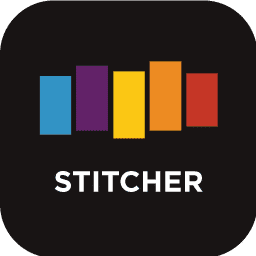 Stitcher | 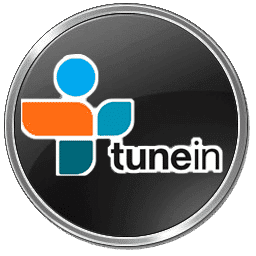 TuneIn |
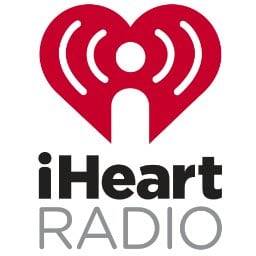 IHeart Radio |  Mixcloud | 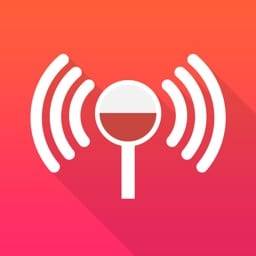 PlayerFM | 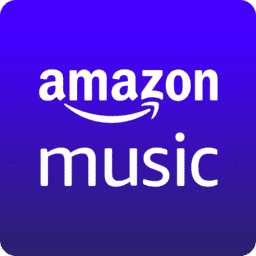 Amazon |
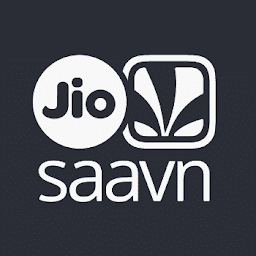 Jiosaavn |  Gaana | Vurbl | 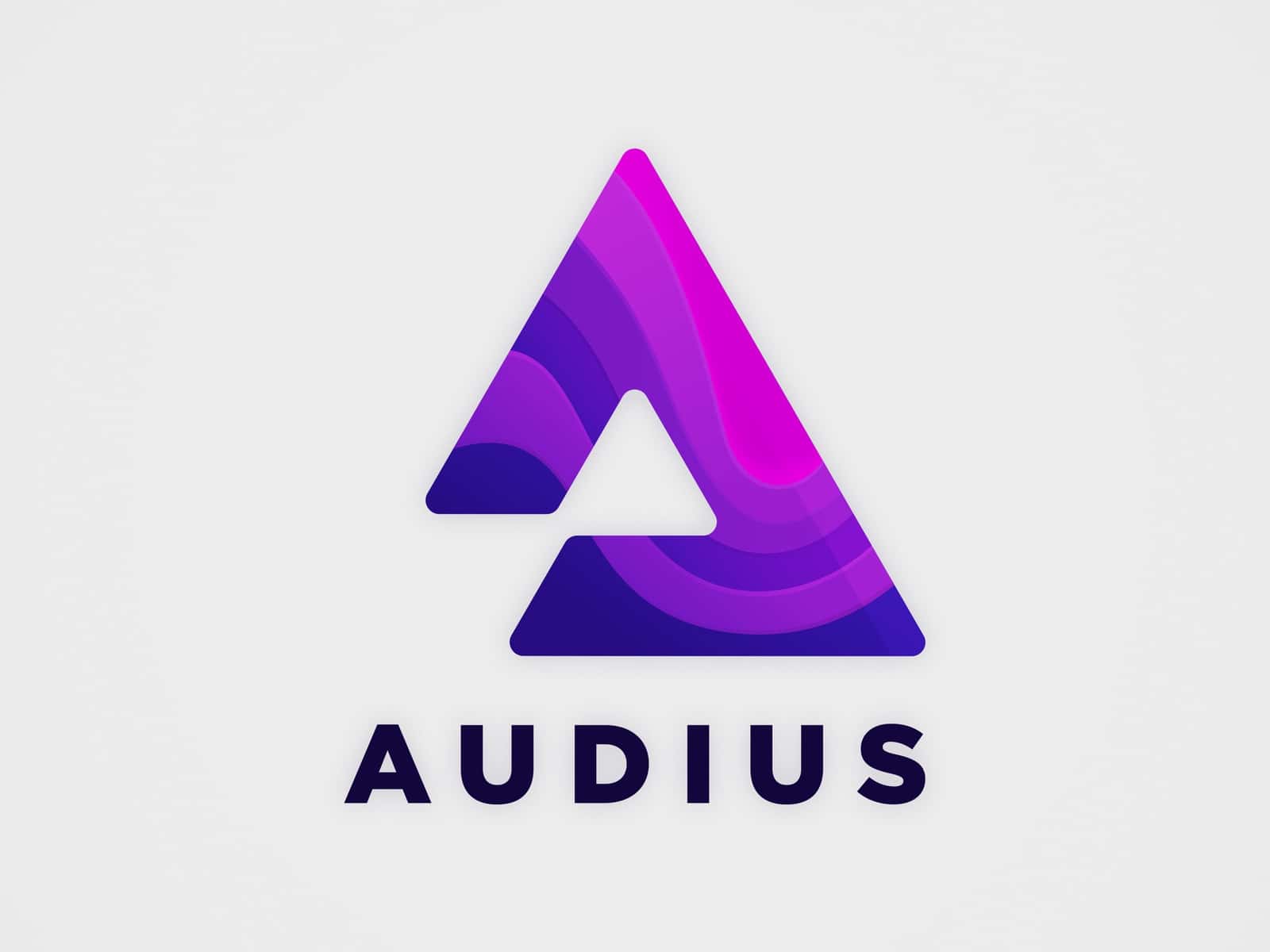 Audius |
Reason.Fm | |||
Find our Podcasts on these outlets
Buy Us a Cup of Coffee!
Join the movement in supporting Making a Scene, the premier independent resource for both emerging musicians and the dedicated fans who champion them.
We showcase this vibrant community that celebrates the raw talent and creative spirit driving the music industry forward. From insightful articles and in-depth interviews to exclusive content and insider tips, Making a Scene empowers artists to thrive and fans to discover their next favorite sound.
Together, let’s amplify the voices of independent musicians and forge unforgettable connections through the power of music
Make a one-time donation
Make a monthly donation
Make a yearly donation
Buy us a cup of Coffee!
Or enter a custom amount
Your contribution is appreciated.
Your contribution is appreciated.
Your contribution is appreciated.
DonateDonate monthlyDonate yearlyYou can donate directly through Paypal!
Subscribe to Our Newsletter
Order the New Book From Making a Scene
Breaking Chains – Navigating the Decentralized Music Industry
Breaking Chains is a groundbreaking guide for independent musicians ready to take control of their careers in the rapidly evolving world of decentralized music. From blockchain-powered royalties to NFTs, DAOs, and smart contracts, this book breaks down complex Web3 concepts into practical strategies that help artists earn more, connect directly with fans, and retain creative freedom. With real-world examples, platform recommendations, and step-by-step guidance, it empowers musicians to bypass traditional gatekeepers and build sustainable careers on their own terms.
More than just a tech manual, Breaking Chains explores the bigger picture—how decentralization can rebuild the music industry’s middle class, strengthen local economies, and transform fans into stakeholders in an artist’s journey. Whether you’re an emerging musician, a veteran indie artist, or a curious fan of the next music revolution, this book is your roadmap to the future of fair, transparent, and community-driven music.
Get your Limited Edition Signed and Numbered (Only 50 copies Available) Free Shipping Included
Discover more from Making A Scene!
Subscribe to get the latest posts sent to your email.
